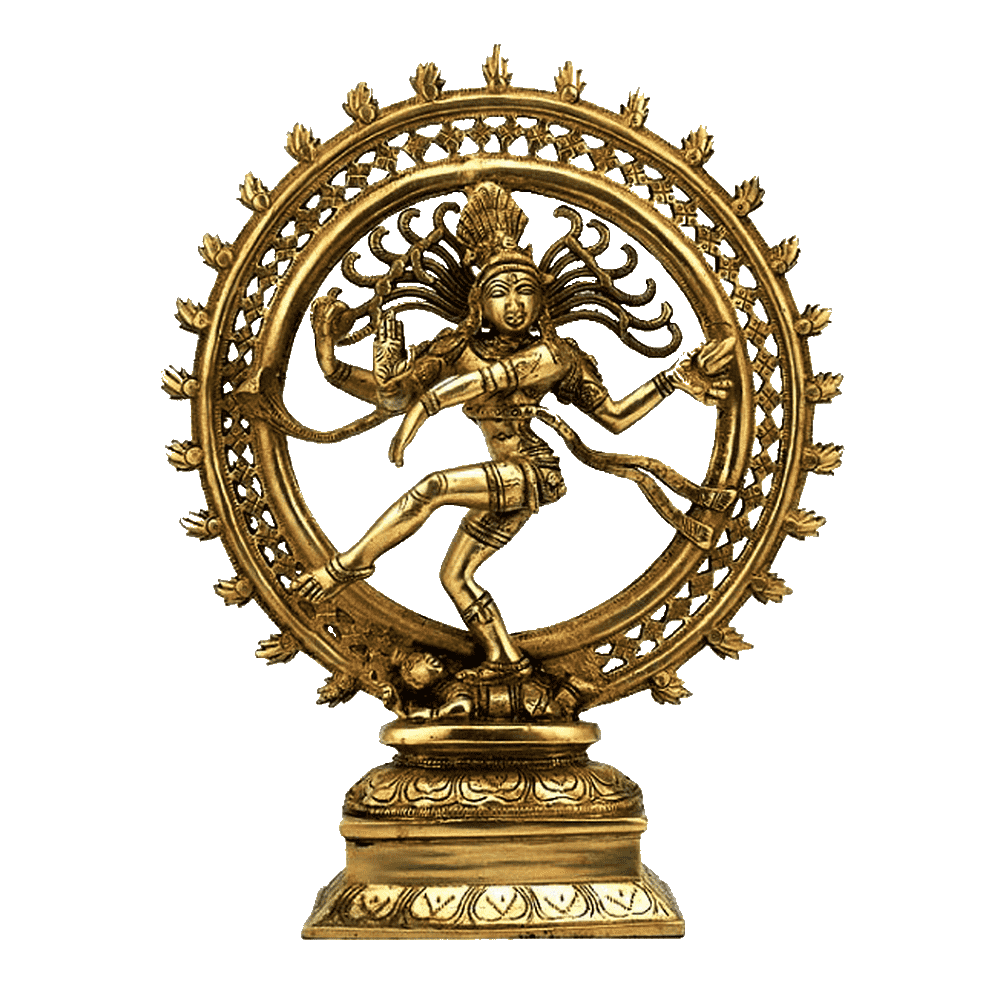
Kaulāvalīnirṇaya
of Jñānānandagiri Paramahaṃsa
Unraveling Esoteric Practices of the Kaula Tradition
Introduction:
The Kaulāvalīnirṇaya, attributed to the esteemed sage Jñānānandagiri Paramahaṃsa, is a profound and enigmatic text that offers a glimpse into the esoteric practices of the Kaula tradition. Rooted in ancient Indian spiritual traditions, the Kaula tradition encompasses a path of Tantra that seeks to attain spiritual realization through the integration of ritual practices, meditations, and symbolic representations. The Kaulāvalīnirṇaya serves as a handbook, guiding aspirants in their pursuit of a deeper connection with divine energies and the realization of the ultimate truth.
Historical Context:
Jñānānandagiri Paramahaṃsa, a revered sage and scholar, is credited with composing the Kaulāvalīnirṇaya during a time when Tantric traditions flourished in India. The exact date of its origin remains elusive, but it is believed to have emerged several centuries ago. As a significant work within the Kaula tradition, this text has played a pivotal role in preserving and transmitting the mystical knowledge of Tantra from one generation to another.
Unraveling Esoteric Practices:
The Kaulāvalīnirṇaya unveils the hidden aspects of the Kaula tradition, which are often kept secret and shared only with sincere disciples under the guidance of a qualified Guru. This text imparts insights into various aspects of Kaula sadhana (spiritual practice), which include:
Rituals and Ceremonies:
The text elucidates a variety of rituals that form the core of Kaula sadhana. These rituals often involve the worship of deities, accompanied by specific offerings, mantras, and mudras. The practitioner is guided on the correct procedures to perform these rituals with utmost reverence and precision.
Mantra and Yantra:
Central to the Kaula tradition are the uses of mantras (sacred syllables or phrases) and yantras (geometric diagrams) to harness and channel divine energies. The Kaulāvalīnirṇaya reveals potent mantras and their application in spiritual practices, along with the proper construction and activation of yantras for specific purposes.
Meditation and Visualization:
The text emphasizes the significance of meditation as a means to realize the inner self and the divine essence. It provides detailed instructions on various meditation techniques, including visualization of deities and energy centers (chakras), facilitating the practitioner’s spiritual ascent.
Symbolic Representations:
Symbolism plays a crucial role in the Kaula tradition. The Kaulāvalīnirṇaya deciphers the hidden meanings behind various symbols, rituals, and metaphors used in the tradition. These symbols serve as vehicles for understanding profound spiritual truths and awakening higher states of consciousness.
Spiritual Significance:
The Kaulāvalīnirṇaya holds immense spiritual significance as it offers seekers an opportunity to explore the mystical realms of the Kaula tradition. By providing insights into esoteric practices, the text aims to cultivate a deeper understanding of the interconnectedness of all things and the divine nature inherent in every being. Through diligent practice of the rituals, meditations, and symbolic representations prescribed in the text, aspirants can achieve a profound transformation, ultimately leading to self-realization and spiritual liberation.
Conclusion:
The Kaulāvalīnirṇaya of Jñānānandagiri Paramahaṃsa stands as a treasured gem within the vast tapestry of Tantric literature. Its esoteric teachings on rituals, meditations, and symbolic representations offer seekers an unparalleled opportunity to delve into the depths of the Kaula tradition. By fostering a deeper connection with divine energies and facilitating spiritual growth, this enigmatic text continues to inspire and guide spiritual aspirants on their journey towards self-discovery and the realization of the ultimate truth. The Kaulāvalīnirṇaya remains a testament to the profound wisdom and timeless relevance of the Kaula tradition in the pursuit of spiritual enlightenment.
Editor – Kaalchakra Team
[ Note – Before Concluding anything as a Finale, Please Go through Original Scriptures of Vaidik Literature Written in Sanskrit and Also with Meaning of That time of Language. Because English is a Limited language to Explaining the Deeper Knowledge of Vaidik Kaal. ]
